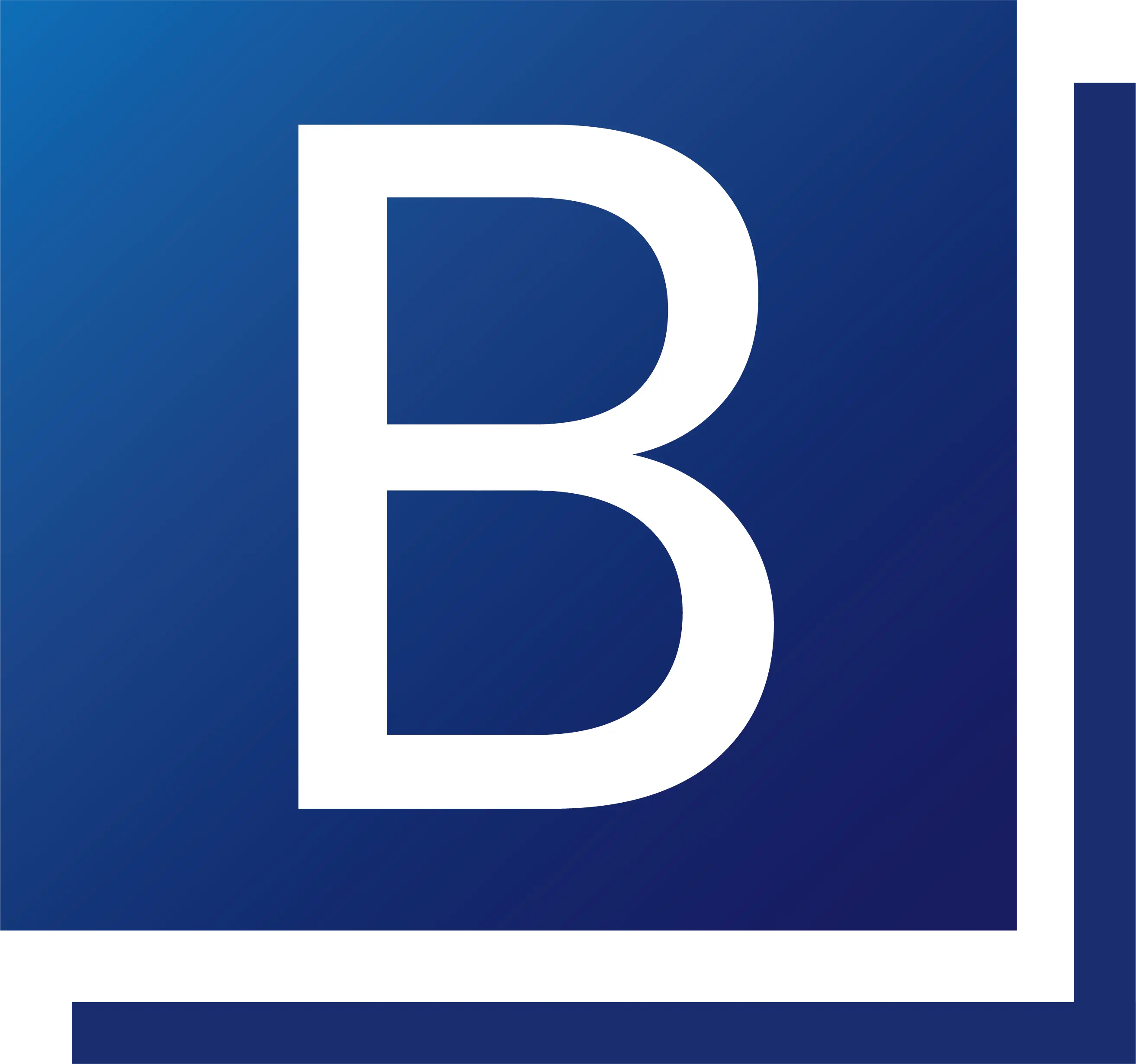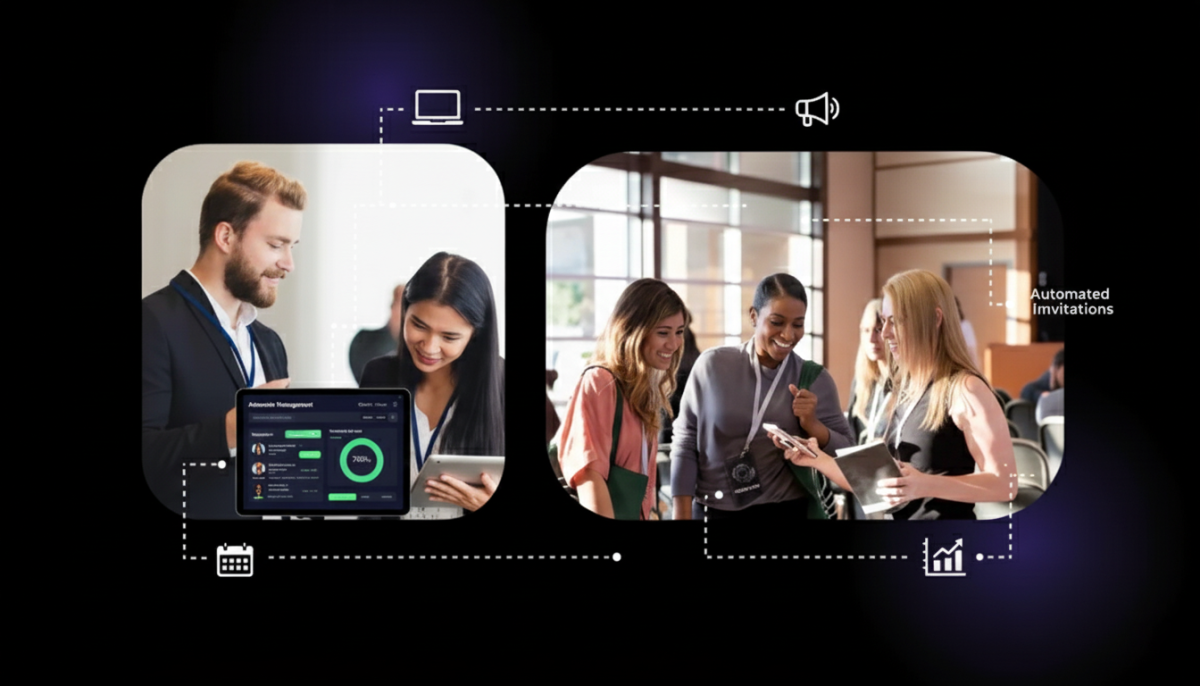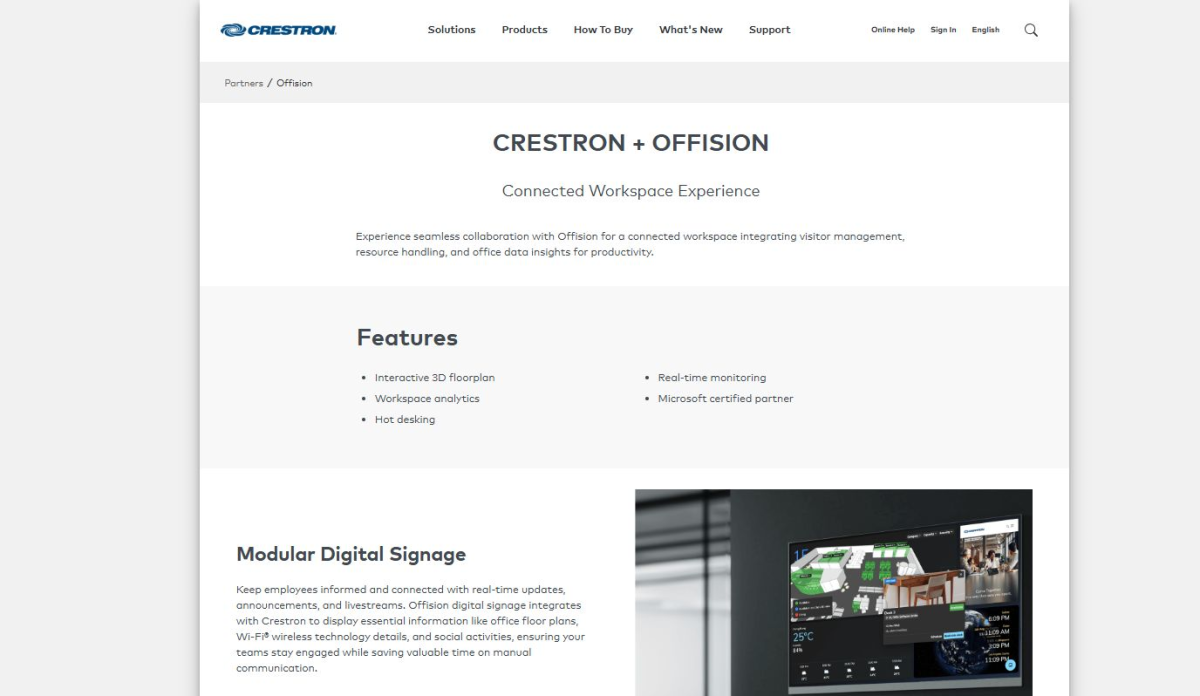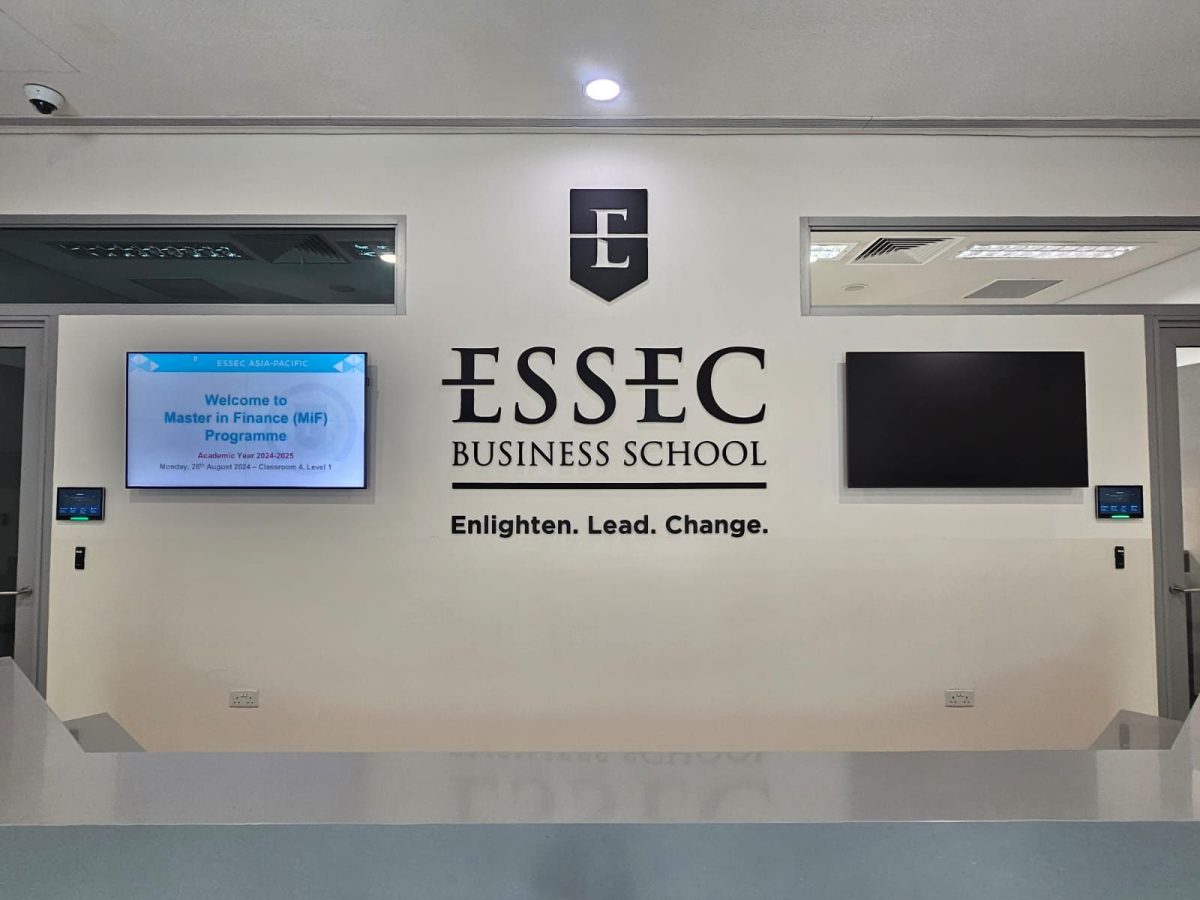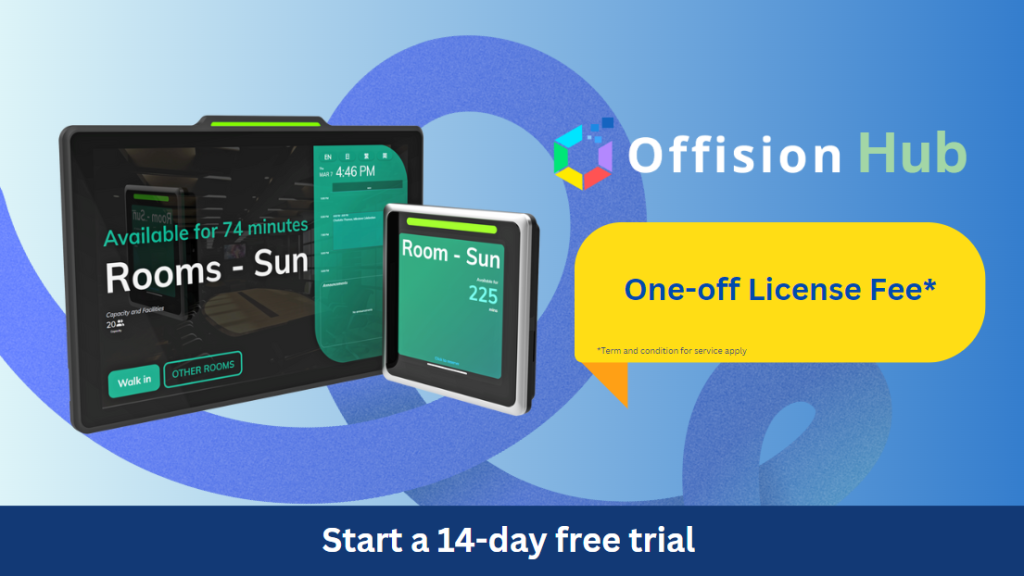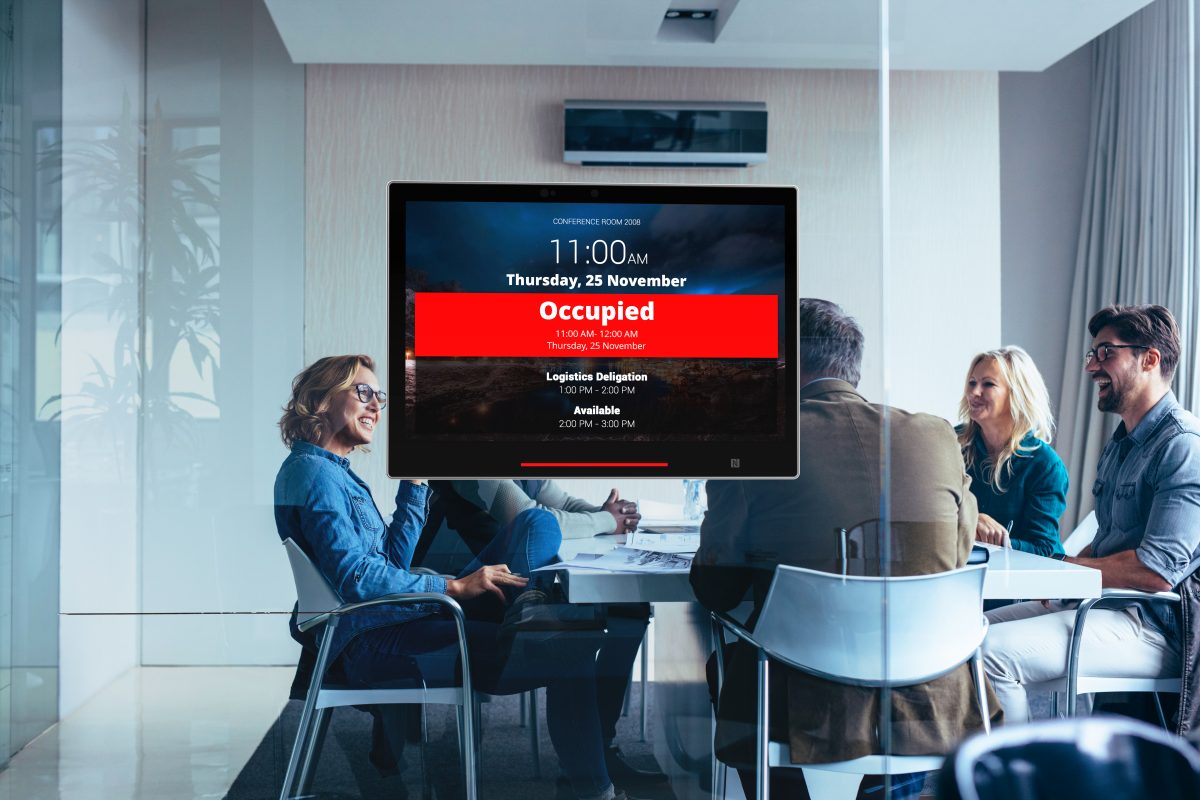First impressions count. When a client, contractor, or potential new hire walks into your Australian office, what does their experience say about your business? An outdated, paper-based sign-in book can feel clunky, insecure, and out of step with a modern, forward-thinking company.
In today’s fast-paced and security-conscious environment, it’s time to retire the clipboard. A digital visitor sign-in system is no longer a luxury—it’s an essential tool for enhancing security, ensuring compliance, and creating a seamless, professional welcome for every guest.
Let’s explore why upgrading your visitor management is one of the smartest moves your Australian business can make this year.
1. Enhance Security and WHS Compliance
In Australia, Work Health and Safety (WHS) obligations are paramount. Knowing exactly who is on your premises at all times isn’t just good practice; it’s a critical safety requirement.
- Real-Time Visibility: A digital system gives you a live, accurate overview of all visitors, staff, and contractors on-site. This is invaluable during an emergency, allowing you to quickly generate an evacuation list and ensure everyone is accounted for.
- Instant Host Notifications: The moment a visitor checks in, their host is automatically notified via email or SMS. This reduces lobby wait times and means guests are never left unattended, improving site security.
- Contractor Management: Easily track contractor certifications, inductions, and hours on-site. Ensure every contractor meets your WHS requirements before they even start work.
2. Streamline the Visitor Experience
Imagine a visitor arriving for a meeting. Instead of scribbling their details into a messy logbook, they are greeted by a sleek tablet. If they were pre-registered, they simply scan a QR code from their phone and a visitor pass is printed instantly. This isn’t the future; it’s the new standard.
- Pre-Registration: Allow hosts to pre-register guests, sending them a confirmation email with a QR code, directions, and parking information. This saves time and makes visitors feel valued before they even arrive.
- Professional First Impression: A branded, easy-to-use digital interface communicates professionalism and efficiency from the moment someone walks through your door.
- Contactless Check-In: In a post-pandemic world, offering a touchless sign-in option using a mobile device is a significant advantage for hygiene and convenience.
3. Boost Efficiency and Reduce Administrative Load
Your reception staff are the face of your company. Free them from the manual, time-consuming task of managing a paper logbook and deciphering illegible handwriting.
- Automated Processes: Digital systems automate everything from host notifications to data entry, freeing up your front-of-house team to focus on more valuable, people-centric tasks.
- Centralised Data: Visitor information is stored securely in the cloud, making it easy to access and manage. Say goodbye to bulky, insecure paper logs that are a hassle to search through.
- Insightful Reporting: Generate reports on visitor traffic, peak hours, contractor time on-site, and more. Use this data to optimise facility management, staffing, and security protocols.
4. Ensure Privacy and Data Security
The Australian Privacy Act has strict principles regarding the collection and storage of personal information. A public-facing paper sign-in book, where visitors can see the details of those who came before them, is a clear privacy breach.
A digital visitor management system ensures:
- Confidentiality: Each visitor’s information is stored securely and is not visible to others.
- Data Protection: Data is encrypted and stored in secure, often Australian-based, data centres.
- Compliance: Systems can be configured to include necessary legal documents, NDAs, or health and safety briefings that visitors must agree to before completing their sign-in.
Is Your Office Ready for the Upgrade?
In 2025, a visitor sign-in system is a foundational element of a modern, secure, and efficient Australian workplace. It protects your people, impresses your guests, and streamlines your operations.
By moving beyond the paper log, you’re not just adopting new technology—you’re investing in safety, professionalism, and a smarter way of doing business.
Ready to transform your reception area?
Contact Us Today to schedule a free demo and see how a visitor sign-in system can benefit your Australian office!
